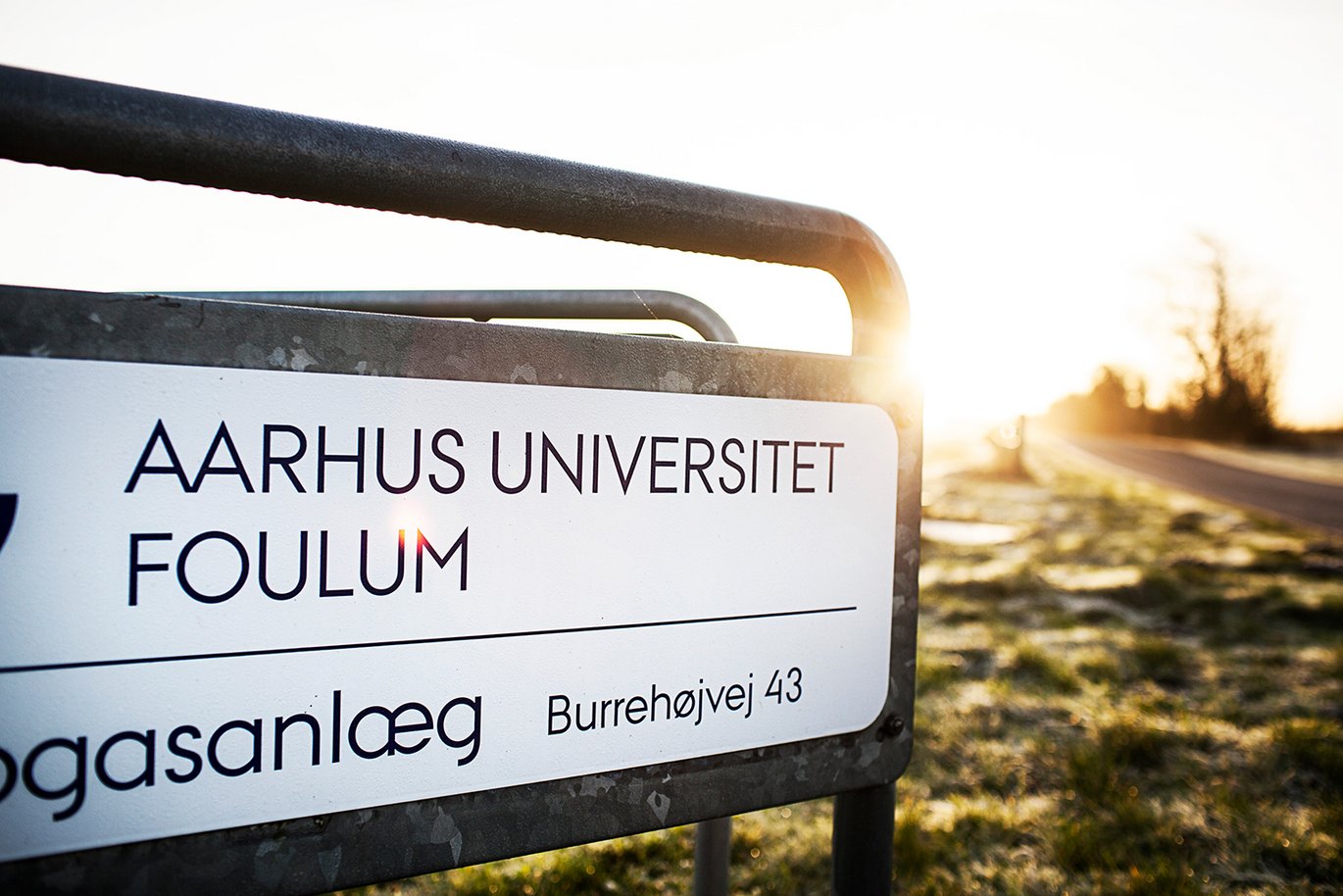This is how we filter air from biogas plants
Danish research has mapped previously unknown disparities in emissions from biogas plants. The research has now led to new filter and sensor technology that can eliminate some of the most important sources of odours from biogas plants.

Denmark has a world-leading biogas sector, but the development of Danish biogas production is nevertheless progressing more slowly than expected. The reason for this is e.g. public resistance to new biogas plants due to concerns about odour nuisances.
However, researchers from Aarhus University have now developed the knowledge and technology necessary to counter odour nuisances, even from large modern biogas plants.
"With the help of new sensor technology, we’ve been able to continuously measure air discharged from biogas plants. And we’ve observed really significant disparities that depend on how the biomass is treated at the plant. These disparities can give rise to significant emissions of hydrogen sulphides, which the plant's air purifiers find difficult to handle," says Associate Professor Michael Wegener Kofod from the Department of Biological and Chemical Engineering at Aarhus University, who is head of the research group Microbial Conversion Technologies, which is behind the PEAK research project.
Biogas plants already use filters that naturally filter the discharge air from biogas production. Many of these filters are biological filters that use natural microorganisms to break down the hydrogen sulphide that causes odour nuisances.
However, while examining two different biogas plants, the researchers discovered a very dynamic system, with periodic fluctuations. The system could be a challenge for the biofilters that normally purify the discharge air sufficiently to eliminate odour nuisances. The researchers discovered sudden and violent fluctuations in hydrogen sulphide emissions of sometimes more than 100-times the usual averages.
"These disparities depend on operations at the biogas plants, particularly how biomass is handled and added to the plant. You have to take these dramatic fluctuations into account when designing and configuring air purification systems," he says.
At Aarhus University's own biogas plant at the Foulum Research Centre near Viborg, researchers have designed, developed and implemented a large test filter equipped with recent technology within both purification and monitoring in collaboration with BBK bio airclean A/S. The filter is monitored online using a sensor platform developed as part of the project by one of the participating companies: Consibio.
"With the current setup, we can reduce fluctuations so that the biological filters can keep up. This means minimal hydrogen sulphide emissions. Some of the technology we’ve developed as part of the project can improve purification even more. This is extremely relevant because now we know why there might be problems with biogas emissions, and we know how to solve them," says Michael Wegener Kofod.
He is backed by Professor Anders Feilberg from Aarhus University:
"Thanks to the PEAK project, we now have a much better understanding of what causes odour nuisances at biogas plants, and how we can stop the process. This new technology will help us eliminate odour nuisances," he says.
The PEAK project is being managed by Aarhus University and carried out in collaboration with BBK bio airclean A/S, Consibio and Nature Energy. The project is being funded with DKK 6,677,801 from the Energy Technology Development and Demonstration Program (EUDP).
Contact
Associate Professor Michael Wegener Kofod
Aarhus University, Department of Biological and Chemical Engineering
Mail: mvk@bce.au.dk
Tel.: +4593521051
Professor Anders Feilberg
Aarhus University, Department of Biological and Chemical Engineering
Mail: af@bce.au.dk
Tel.: +453089609
